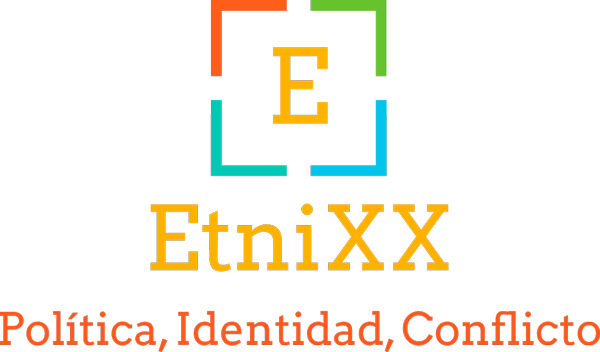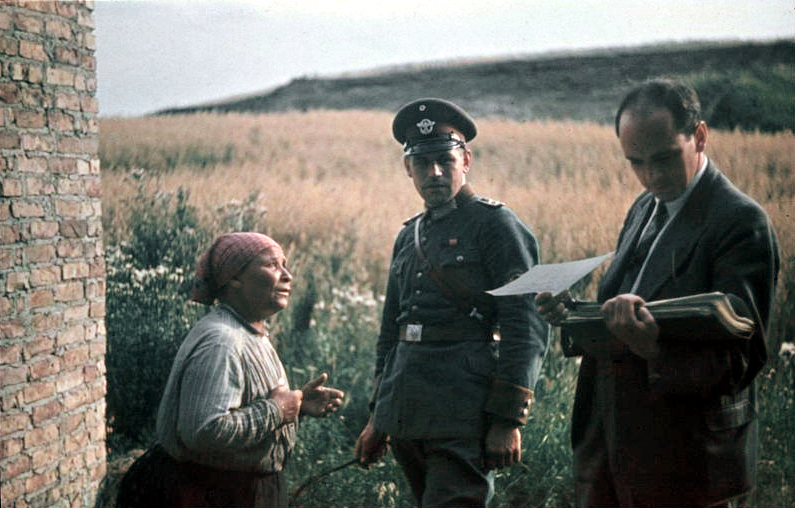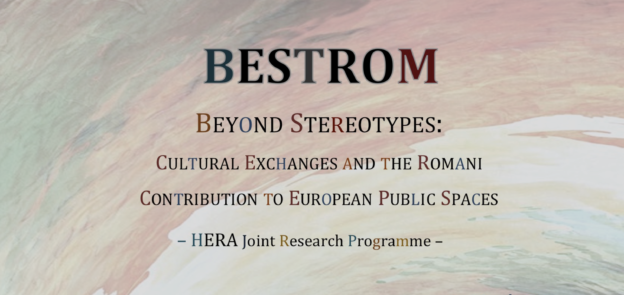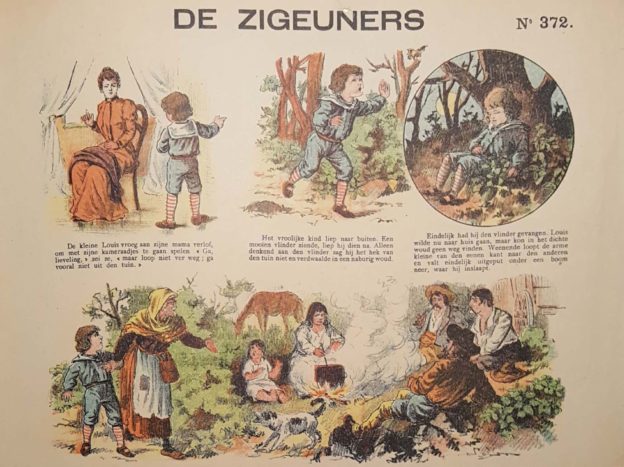La escritura es una poderosa arma de combate y de transformación social. No es difícil comprobar que muchas de las culturas y colectivos históricamente oprimidos han acudido a ella como instrumento de réplica, reafirmación y dignificación. En Romani Writing: Literacy, Literature and Identity Politics (2014), Paola Toniato elabora un meticuloso estudio sobre el papel que la escritura y la literatura han tenido en el desarrollo de la cultura romaní europea. Lo hace partiendo de la necesidad de explorar tanto la repercusión de las políticas educativas en el desarrollo de una cultura escrita romaní, como la función política actual de la literatura producida y protagonizada por los propios gitanos.
- Esta dirección de correo electrónico está siendo protegida contra los robots de spam. Necesita tener JavaScript habilitado para poder verlo.
BLOG
PENDARIPEN has participated in the international conference The Legacies of the Romani Genocide in Europe Transnational and Comparative Perspectives, held in Paris from 17th to 18th of February.
This workshop explores the legacies of the genocide of Europe’s Roma in transnational and comparative perspective, with particular interest in three aspects of this history: the production and circulation of knowledge about the genocide from 1945 until today, the ways in which these cognitive frameworks have shaped institutional and legal practices, and the individuals and communities (Roma and non-Roma) whose personal histories intersected with – and shaped – these transformations of knowledge and institutions since 1945.
The consortium BESTROM held its first International Meeting at the University of Seville on April 11th 2018. The main objective was to developed the proposal “Beyond Stereotypes: Cultural Exchanges and the Romani Contribution to European Public Spaces” to apply to the HERA Call for 2017 Public Spaces: Culture and Integration in Europe. As the Call states: “The challenge for research is to identify how the relations between culture and integration within the context of public space(s) have been modelled and how they can be better understood in order to contribute to a better world”. Within this framework, BESTROM explores the cultural contribution to Europe’s public spaces of its diverse Romani minorities considering them as agents in the processes of building European shared commons and identities. Approaching them as active subjects of cultural production, the research goes beyond scholarship that treats “Gypsies” as passive objects of “othering”. It’s obvious we want to challenge stereotypes and to promote critical reflection about “otherness”.
«I use the word “gypsy” because it is the operative term used in the children’s literature to be discussed. Also to stress that it concerns an idea, a construction pretending to represent ‘real’ people. Therefore this fiction contributed to attitudes that really affected (and often disfigured) the lives of people.»
With this powerful statement our colleague Jean Kommers opens a lecture about the role of the «gypsies» in children´s literature at the Jewish Historical Museum of Amsterdam (April 21, 2018). His lecture offers a dialogue with the study about Jews in Children’s books by Ewout Sanders (Levi’s eerste kerstfeest. Jeugdverhalen over Jodenbekering, 1792-2015 [Levi’s first Christmas, Juveniles about the conversion of Jews). PENDARIPEN provides a summary of this interesting activity, that will take place on April 21 (2018).The lecture is mainly about an idea which in juveniles is related in particular with “gypsies”: the stealing of children. A booklet edited in 1993 (and re-issued in Spanish in 2016) was called “Stealing of Children, or Stealing of Gypsies?”. Main thesis was that rather than “gypsies” are stealing children, the various authors are ‘stealing’ “gypsies” to (mis)use them for a range of goals. The stories – often openly about didactic ideas – in fact are about power and inequality.






